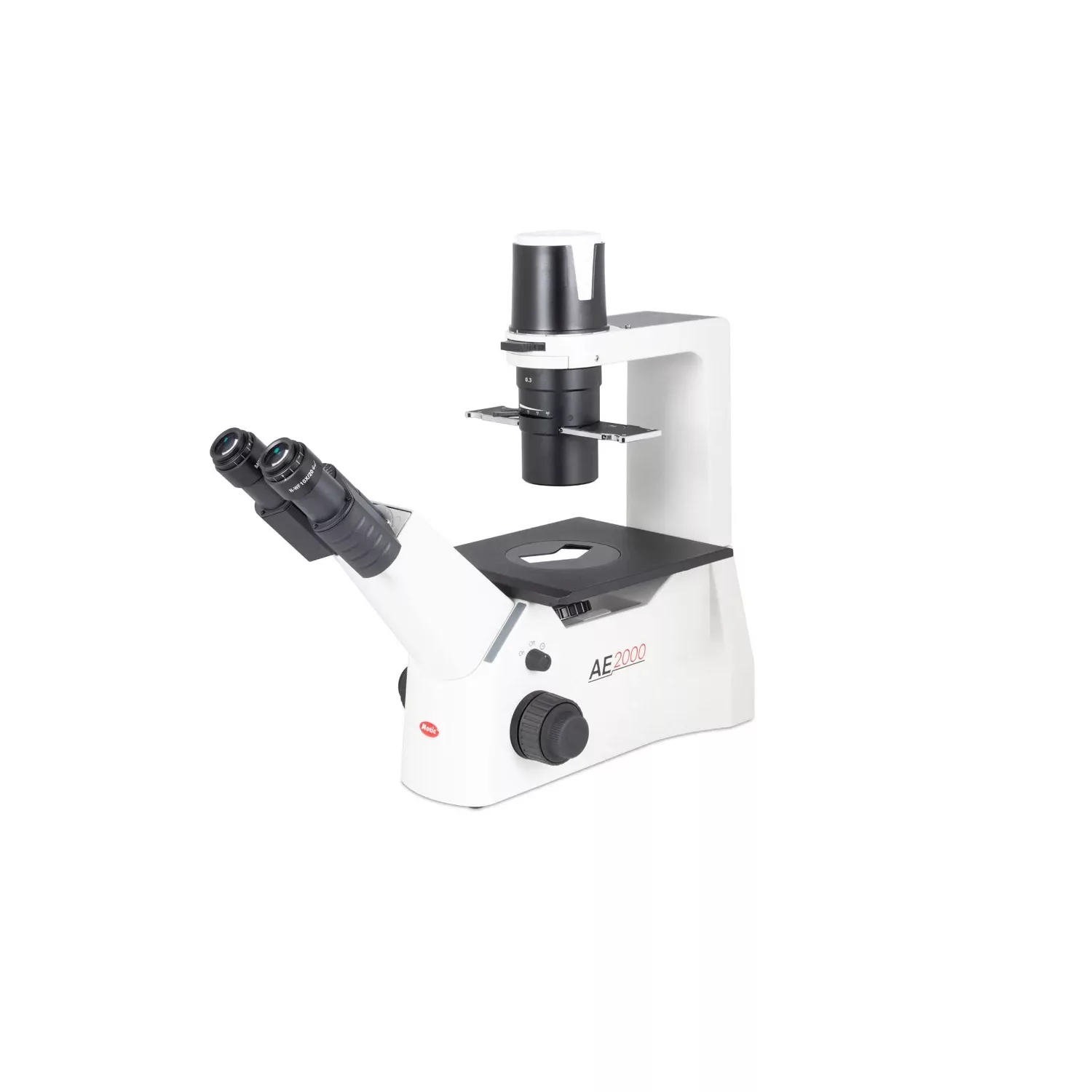Microscope – Unlocking the Hidden World of Science and Discovery
Microscope Motic AE2000 is an essential scientific instrument designed to magnify and resolve details of structures too small to be seen by the naked eye. From biology and medical research to materials science and education, microscopes open doors to new discoveries, enabling professionals and students alike to explore the micro and nano realms with clarity and precision.
Whether you’re conducting cellular analysis in a laboratory or inspecting microstructures in industry, modern microscopes offer advanced features that enhance observation, documentation, and diagnostics.
What Is a Microscope?
A microscope is an optical device that uses lenses or electron beams to magnify small objects or samples, allowing detailed visualization of their structure. Depending on the technology used, microscopes fall into several categories, each tailored to specific applications.
Main Types of Microscopes:
-
Optical (Light) Microscopes – Use visible light and lenses for magnification.
-
Electron Microscopes (EM) – Utilize electron beams for ultra-high magnification and resolution.
-
Fluorescence Microscopes – Highlight fluorescent-tagged specimens under specific light wavelengths.
-
Digital Microscopes – Offer real-time imaging with digital enhancement and connectivity.
Why Use a Microscope?
-
🔍 Reveal Invisible Details – Explore cells, bacteria, and sub-cellular structures.
-
📊 Accurate Diagnostics – Crucial in pathology, microbiology, and hematology.
-
🧪 Research & Development – Analyze materials, nanostructures, and compounds.
-
🧫 Education & Training – Ideal for learning in biology, chemistry, and material science.
-
🧷 Quality Control – Inspect micro defects in electronics, textiles, and components.
How a Microscope Works
-
Illumination – A light source or beam illuminates the sample.
-
Magnification – Objective and eyepiece lenses enlarge the image.
-
Focus Adjustment – Fine and coarse knobs clarify the view.
-
Imaging – Some models capture images or live video for documentation and analysis.
Key Features of a Modern Microscope
| Feature | Description |
|---|---|
| High-Resolution Optics | Delivers sharp, detailed imaging with multi-layer lenses. |
| Variable Magnification | Typically ranges from 40x to over 2000x. |
| Digital Integration | USB/HDMI/Wi-Fi cameras for image capture and analysis. |
| LED or Halogen Lighting | Adjustable, energy-efficient illumination systems. |
| Stage with Fine Control | Precision X-Y movement for accurate sample positioning. |
| Ergonomic Design | Comfortable viewing angles and adjustable eyepieces. |
Applications of Microscopes
| Industry/Field | Application Examples | Purpose |
|---|---|---|
| Medical & Clinical | Blood cell analysis, histology, pathology | Diagnostics and research |
| Biotechnology | Genetic engineering, protein studies | Molecular observation |
| Pharmaceutical | Drug development, contamination checks | Quality control and testing |
| Education | Classroom biology and chemistry labs | Teaching and student learning |
| Electronics | PCB inspection, microchip analysis | Defect detection |
| Material Science | Metal grain, fiber, and crystal analysis | Structural study and integrity |
Benefits of Using a Microscope
-
🔬 Exceptional Detail – Visualize objects as small as nanometers.
-
📷 Documentation Friendly – Capture and share high-resolution images.
-
🧭 Multi-Purpose Utility – Supports a broad range of disciplines.
-
🧑🏫 Educational Tool – Inspires curiosity and scientific exploration.
-
🧼 Easy Maintenance – Durable, cleanable, and long-lasting systems.
-
🌐 Digital Compatibility – Connect to monitors, computers, and cloud storage.
Choosing the Right Microscope
-
Application – Are you studying cells, materials, or electronics?
-
Magnification Range – Choose the right zoom level for your sample types.
-
Lighting Requirements – Pick between LED, halogen, or fluorescent illumination.
-
Digital Capability – Opt for models with image capture and connectivity.
-
Budget & Portability – Decide between entry-level, research-grade, or portable models.
Summary
A microscope is more than just a magnifying tool—it’s a gateway to the invisible world. With a range of configurations from optical to electron and digital systems, microscopes play a central role in diagnostics, discovery, education, and industrial inspection. Investing in the right microscope ensures enhanced visualization, research accuracy, and innovation across fields.





Reviews
There are no reviews yet.